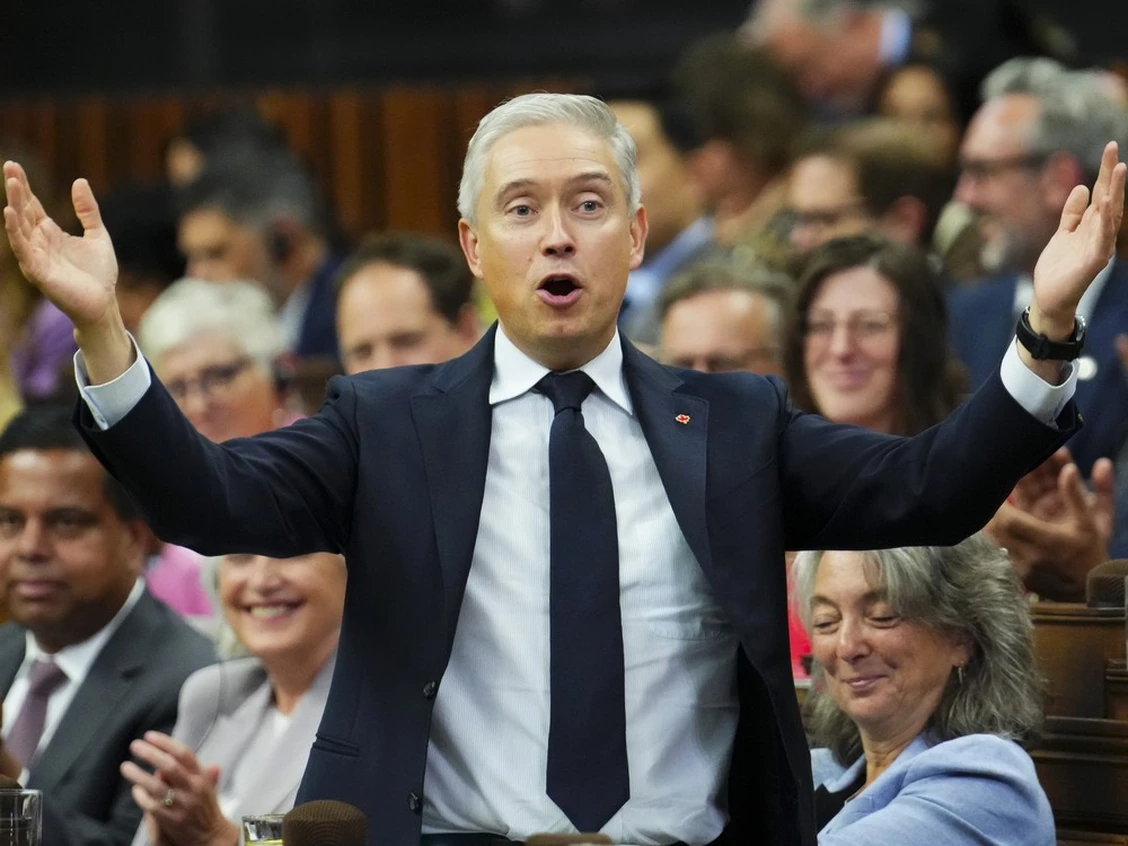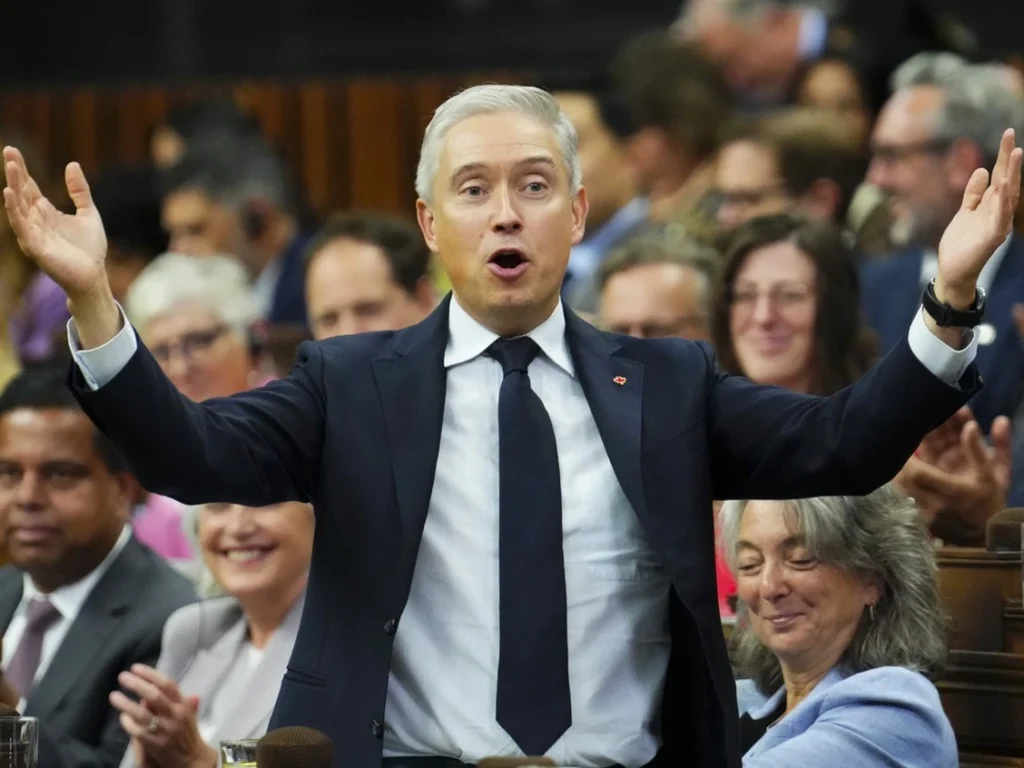Sutherland: Public service cuts are coming — Here’s how to handle them

By Allen Sutherland, President and CEO
Published on October 3, 2025 in the Ottawa Citizen.

Minister of Finance and National Revenue Francois-Philippe Champagne responds to a question during question period in the House of Commons on Parliament Hill in Ottawa on Wednesday, Sept. 17, 2025. Photo by SEAN KILPATRICK /THE CANADIAN PRESS
Critics of the federal government tend to come in two forms. One group says that the government lacks a brain; the other that it lacks a heart. Spending cuts test both.
This summer, deputy ministers and agency heads across most of the federal government received a challenging and potentially career defining task to reduce their operating budgets by 15 per cent over three years. While these executives have handed in their homework, the results will not be known until the budget is released this fall.
The “what” of spending reduction determines if government has a brain. Across the board cuts in which everyone does a little more with a little less, is a single-minded approach that misses a bigger opportunity. The target is attained, but little else changes.
Smart spending reduction re-imagines business practices and the policy underpinning it and focuses on what is core. It also looks to unravel the notorious “web of rules” hobbling public sector innovation, productivity and citizen-centred service.
Senior leaders recognize that while their first job is to reach their targets, the larger test of their leadership is to guide their organizations in a way that ensures organizational effectiveness and even improvement at lower funding levels. This is the challenge over a full mandate not merely a few months. It means building the public service of tomorrow, even as reductions occur.
Now that deputy ministers and agency heads have submitted their proposals, the government will need to ferret out what are known as “musical rides.” These are budget cuts that are offered up in the full knowledge that they’re so politically unpalatable that they could never seriously be contemplated.
Musical rides got their name after the RCMP (which thankfully has a pass from the spending review this time around) offered up its world-famous musical ride in successive rounds of budget cuts, according to public service lore.
There is a spectrum of cuts that range from difficult, but necessary choices to musical rides. Smart spending reductions require navigating that spectrum to make difficult and necessary, but not politically suicidal choices.
Finally, smart expenditure reduction understands the moment. Now is the time for the best of public service advice, which is fearless, professional and timely. Lurking in the background is the alternative, however remote, of America’s DOGE carpet-bombing of its institutions. This has got to be a sobering cautionary tale for any public minded official of what needs to be avoided.
The “how” of public service reductions will determine whether the federal government has a heart. Compassionate spending cuts aren’t necessarily about lucrative buy-out packages. They’re about communication up and down the organization, setting expectations and having a comprehensive transition plan. Most public servants were hired within the last decade. Rightly or wrongly, their government experience has only been in a time of expansion. Many are blissfully unaware of what is in store for them. It is going to hit them hard.
The actual spending reduction decisions themselves are the tip of the iceberg. What lies below the surface within organizations — the nitty gritty of internal management — is as much or more important to success. If these changes are not thoroughly managed, the result could be unnecessary confusion, panic and worse, organizational paralysis.
Compassionate spending reductions are also about ensuring that space continues to be made for newcomers even as cuts occur because it is understood that our federal institutions need to be constantly replenished with new ideas, perspectives and future leadership.
Slamming the door on an already COVID-bedraggled generation is not a compassionate way forward. Space needs to be made even amid cuts.
There is an Ottawa saying that goes “when the watering hole gets smaller, all the animals look at each other differently.” This is inevitable and is occurring throughout the public service right now.
Such self-preservation instincts can be the enemy of both smart and compassionate spending reduction because cuts in this scenario are largely based on the relative power of senior managers within a given organization. The challenge for decision makers is to look beyond such self-interested ploys by keeping an eye on the broader public interest.
Ultimately, when their homework is assessed over the years to come, top grades should only be awarded to deputies whose organizations are ultimately made better by the exercise – more productive, responsive to citizens and, yes, leaner. That is the measure of effective public service stewardship in these challenging times. It requires both a brain and a heart.